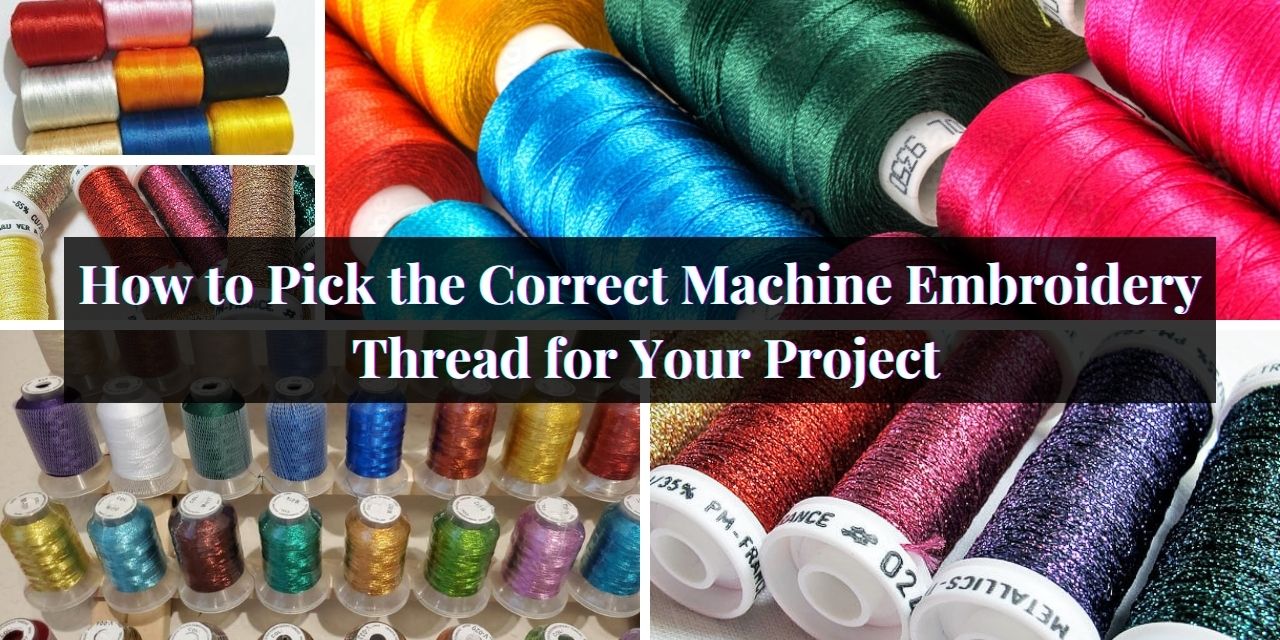
In embroidery world, one of the first things we encounter is the types of machine embroidery threads. How they impact the quality of our final project. Their uses and proposes.
Threads are the fundamental ingredient to cook embroidery designs. Understanding how to choose them based on their type, weight, and quality is practically the same as knowing how. Knowledge about machine embroidery thread can change the quality of your work, whether you’re just starting or an experienced embroiderer.
It is okay to feel overwhelmed by the wide range of threads available for use, today we are going to resolve that. In this article we will take a close look at the most important types of embroidery thread, along with their characteristics and purposes.
Additionally, it will provide useful tips and advice on how to make the most of each type of thread in your work. Don’t forget to check Right Materials and Threads for Machine Embroidery Projects
What is machine embroidery thread?
Embroidery thread is way more different than your regular sewing machine thread. In various ways we can easily find that machine embroidery thread differs from ordinary sewing machine thread. Embroidery thread has a unique type of shine just by comparing two different spools side by side we can find the difference. The stitching thread is less shiny. Once stitched out, that shine makes your embroidery look elegant, stand out and well-made.
An embroidery machine can get all hunched up with the thread if you try to use it with regular sewing thread.
Weight of the thread:
Let’s talk about the differing properties of machine embroidery thread. The thickness and thinness of the thread depend on its weight. The smaller the number, the thicker the thread. For example, 30 wt. thread is thicker than 50 wt. or 60 wt. thread.
Common thread weight variations
Embroidery machine thread comes in basic three variations that are mostly used for stand-out results
- 40-weight thread is regular and used mostly for versatile creations.
- 30-weight thread is thicker and used for heavy creations
- 60-weight thread is thinner and used for delicate and soft creations.
A thread’s weight is truly a measurement of its length. The precise thread weight can be calculated by dividing the thread length by a predetermined weight. When 40 kilometers of thread weigh one kilogram, the thread is labeled as 40 wt.
Spools of thread
The quantity of thread determines the size of the spool that it comes in. The typical home machine spool has a capacity of about 600 meters per thread. A larger spool can hold approximately 2000 meters of thread.
Key types of Essential threads and Specialty threads for Machine Embroidery
Essential threads
- Polyester thread for machine embroidery
- Rayon thread for machine embroidery
- Cotton thread for machine embroidery
Specialty threads
- Silk embroidery thread
- Metallic embroidery thread
- Variegated thread
Essential threads
There are commonly used ones that have become necessary in the work of embroidery machines due to their durability, color fullness, and steadiness with results.
Polyester thread for machine embroidery
Polyester thread is the most famous one and is considered a standard thread because of its many qualities, which include firmness, enormous color collection, durability, and more. The polyester thread’s resistance to bleaching agents keeps the color of the projects vibrant for years and makes it easier for the wearer to keep coming back to the embroidery item. It works so easily with an embroidery needle to give an embroidery project a professional look, even though it is stronger and harder than other threads.
<p>
Rayon thread for machine embroidery
With its shiny and lustrous look, rayon thread is much more decorative and apparel. Stitching enthusiasts have long favored rayon embroidery thread because of its exquisite, lustrous, and reflective sheen. It comes in a wide variety of colors, is stronger and more resilient for high-speed machines, and is more shiny than the majority of other thread types. Viscose rayon thread is composed of regenerated cellulose and has a smooth texture. Certain rayon threads fade with time and exposure to sunlight, bleed when washed, and don’t withstand bleaching well.
Cotton thread for machine embroidery
Softer in look and feel than most of the threads. It gives off a matte finish and comes in a variety of colors. Cotton thread is feasible and a compatible thread for most embroidery work. Its durability may be affected by too many washes, so it is usually used at 30 wt.
Specialty Threads
These threads are used to give machine embroidery projects an extra dash of glamour and glitter. Although they can be a little difficult to work with, the outcomes are valuable.
Silk thread for machine embroidery
Silk is known as one of the most luxurious items. When it comes to the fashion industry, silk is also being used more often as thread. It is a better option than the previously mentioned kinds of embroidery thread in this instance of luster. Its cost is high because of its high demand. It's preferably used on delicate fabric and fancy items.
Metallic thread for machine embroidery
Metallic threads are for sparkle in embroidery. However, they are not easy to tackle and might break high speed. Working with them may require a special needle to work.
Variegated thread for machine embroidery
They are made from rayon, polyester, cotton, or even silk. What makes them so different is the appearance and overall look they can help achieve in the design. These threads are multicolored in various patterns, the cool thing about them is that they give an unusual effect by changing colors on different lengths. Working with this thread is always exciting, as the embroiderer can’t always predict where the color will change.
Conclusion:
After going through all types of thread we can safely conclude that whether you are stitching a vibrant piece or a delicate detail, the right thread can bring your embroidery to life. Stressing so much about picking the right thread isn’t useful, all we have to be careful about what works well together also what is actually pleasant to enjoy the process. Make use to invest in the quality thread. Experiment and conduct test patches before any main project.
Exclusive Content
Be Part of Our Exclusive Community
Sed finibus, sem elementum tincidunt tempor, ipsum nisi ullamcorper magna, vel dignissim eros sapien at sem. Aliquam interdum, ante eget sagittis fermentum, mauris metus luctus sem, at molestie.
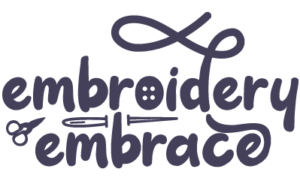
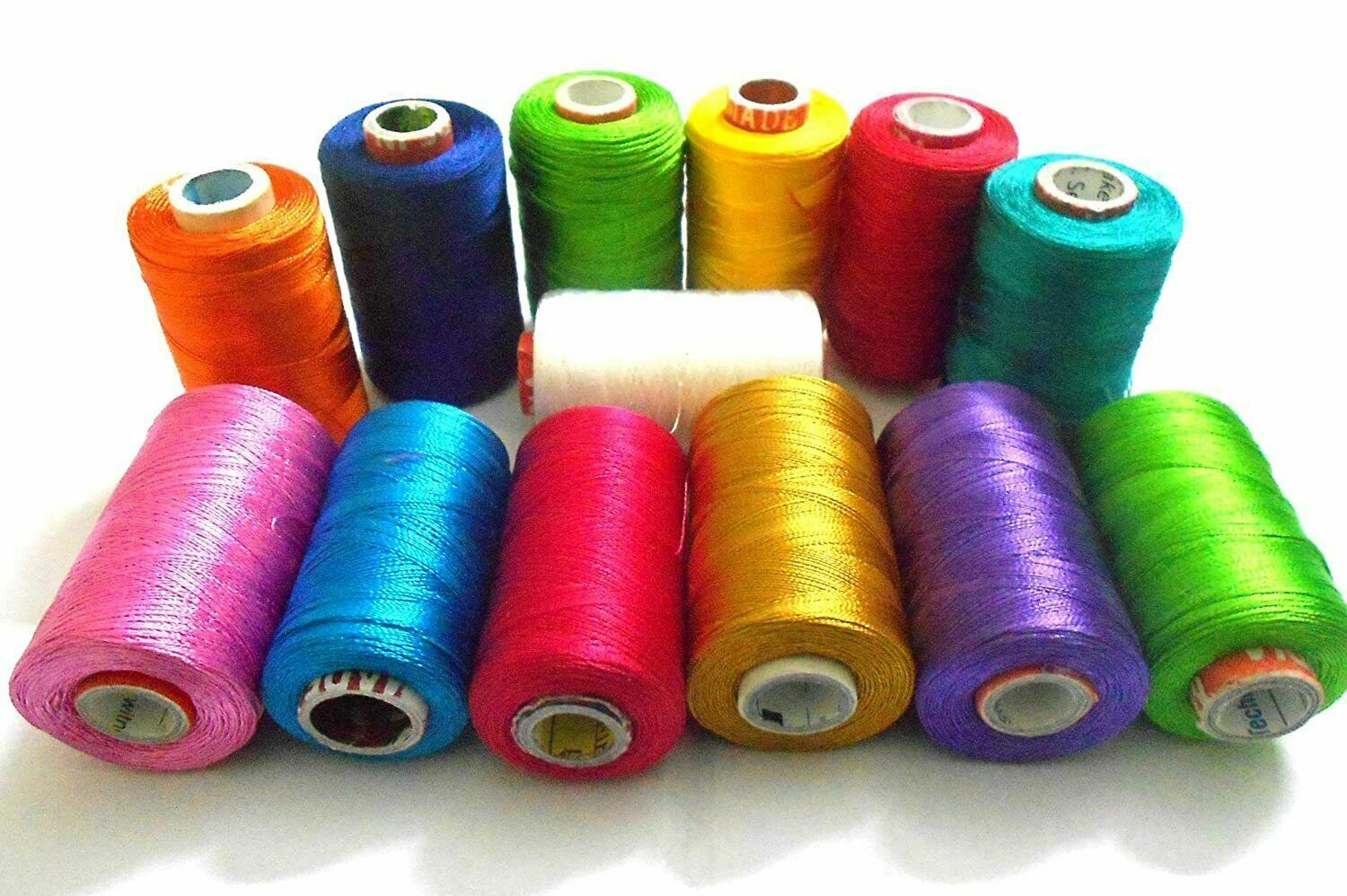
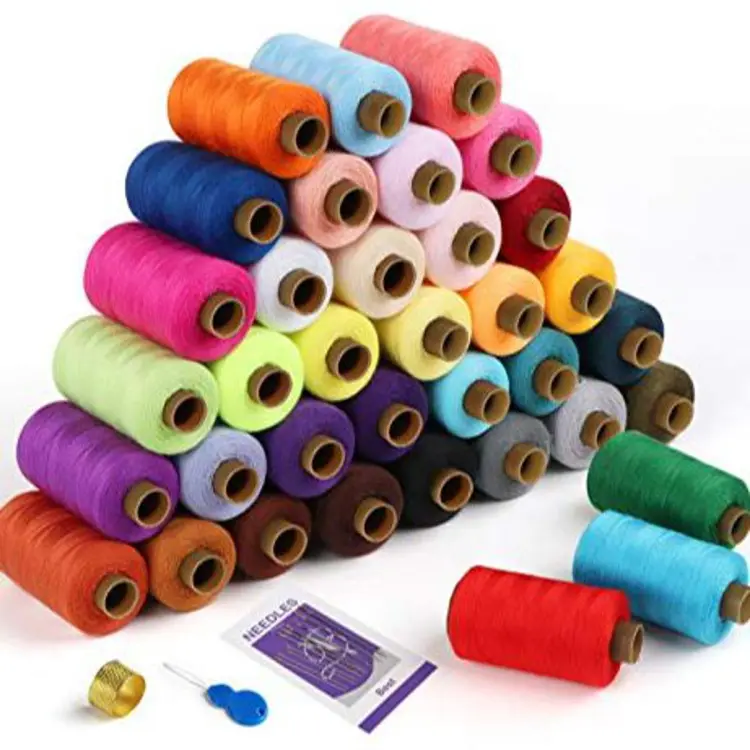
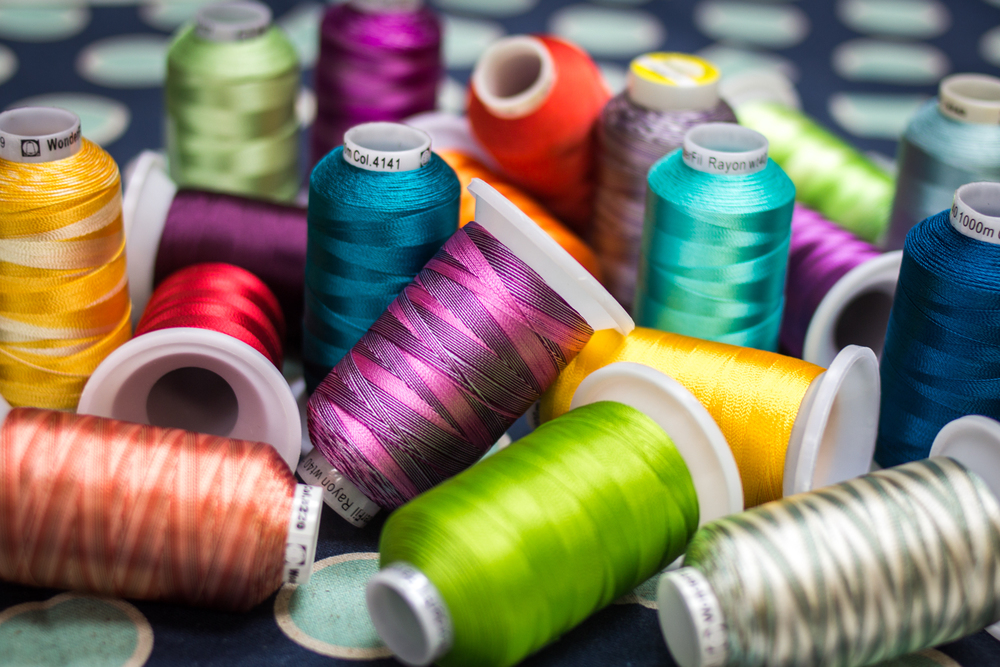
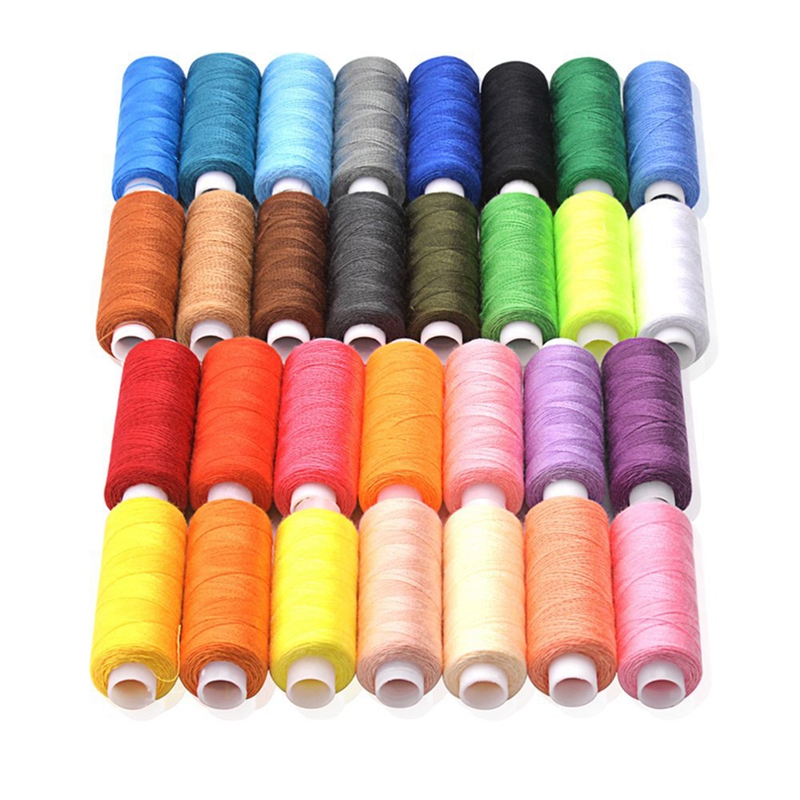
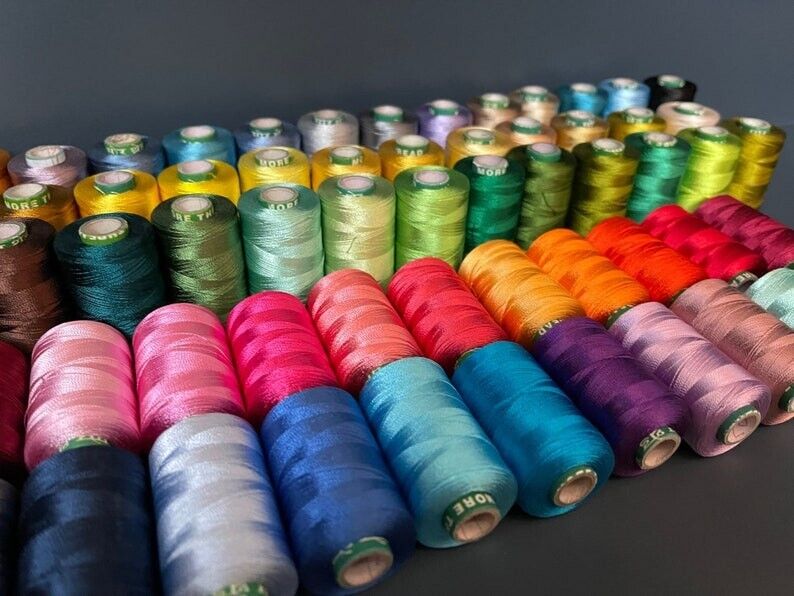
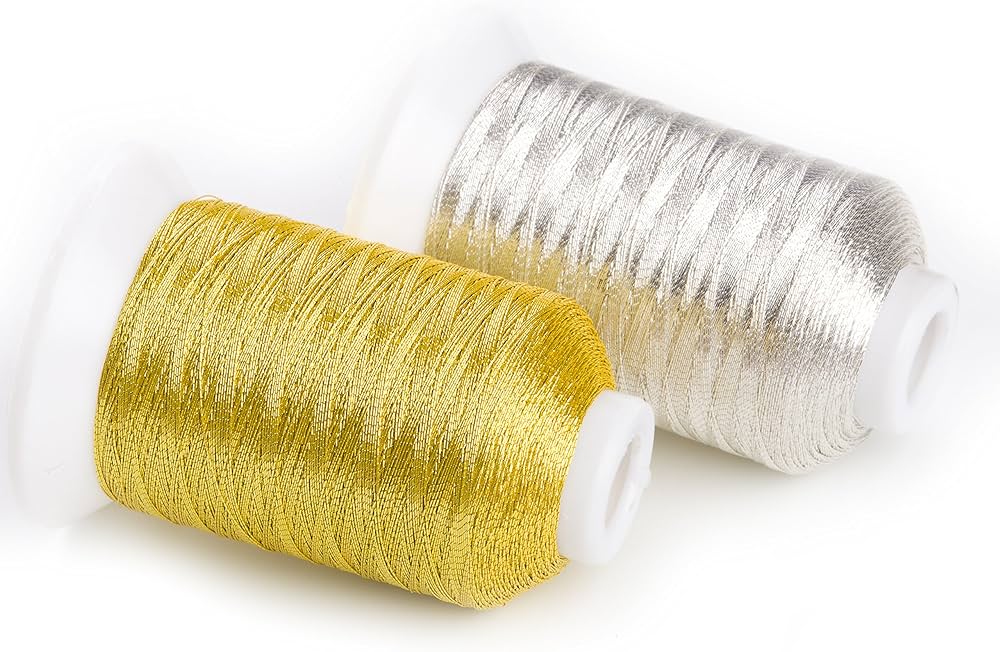
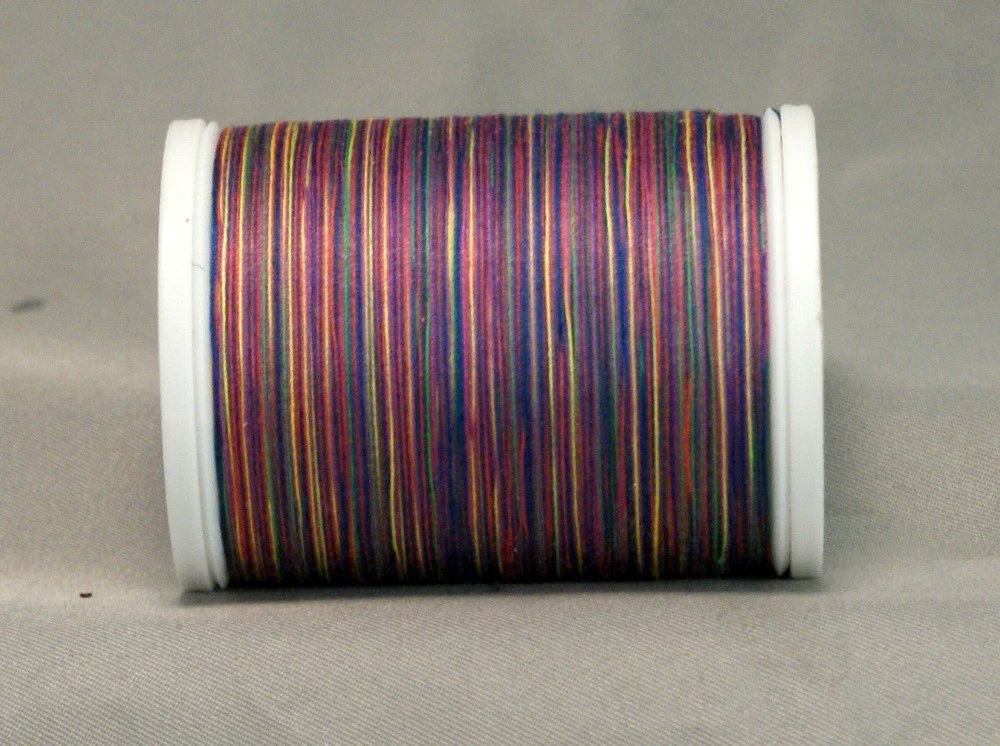
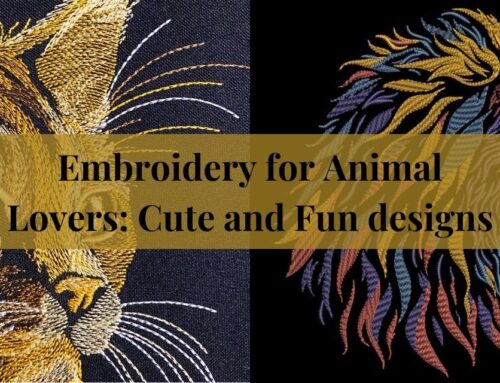
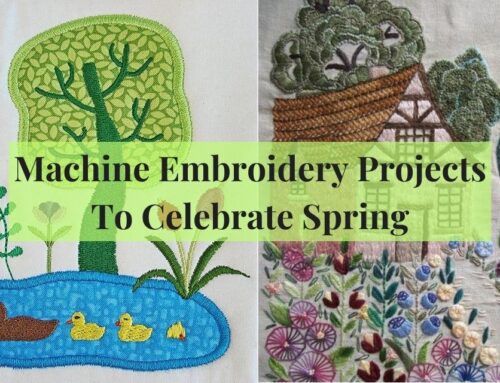
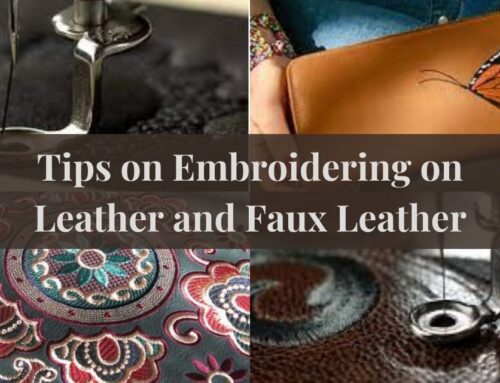
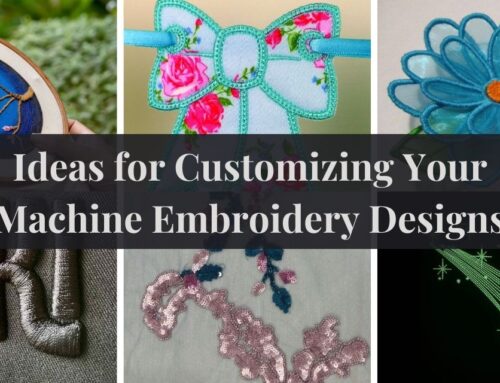
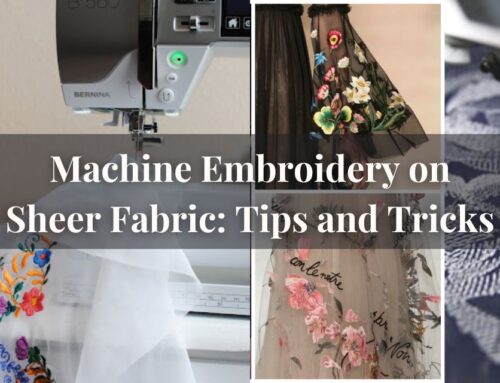
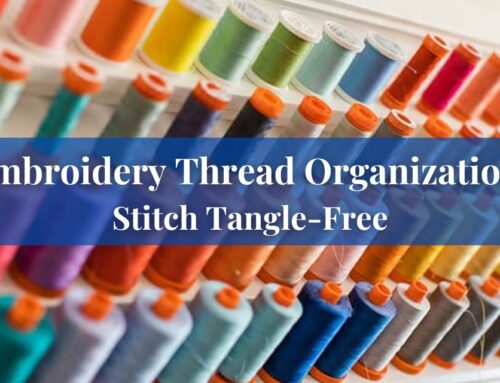
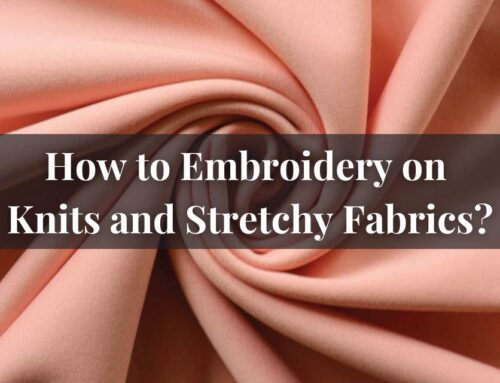
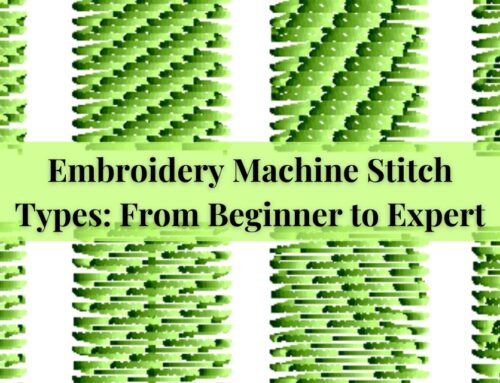
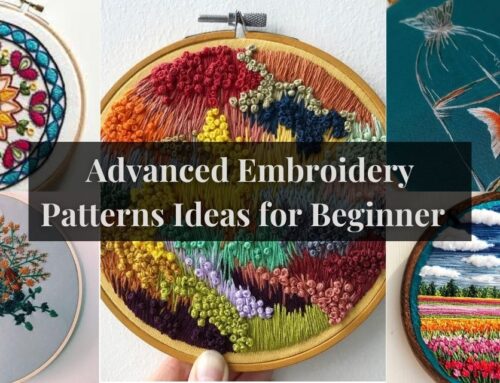
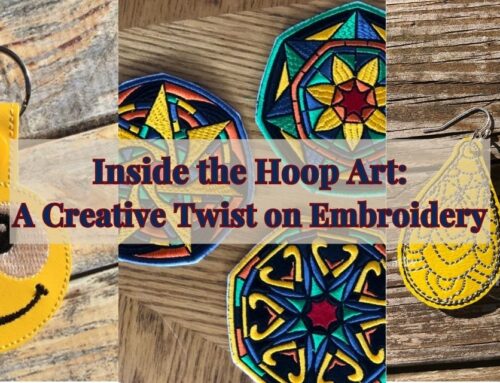
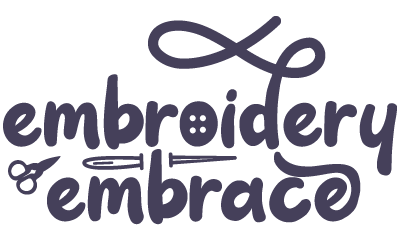
Leave A Comment